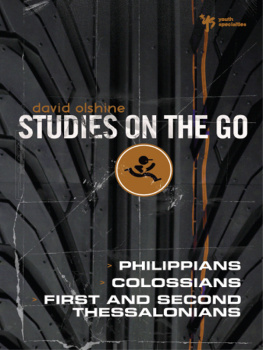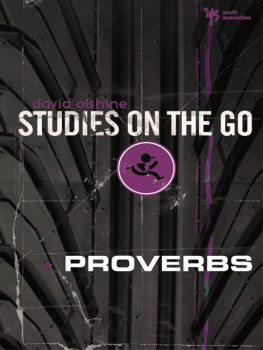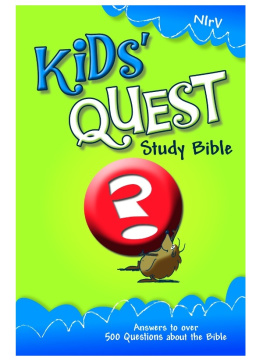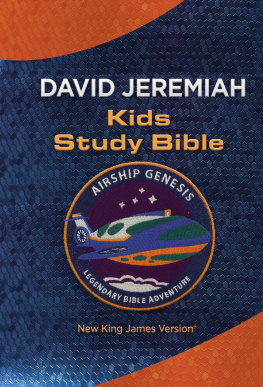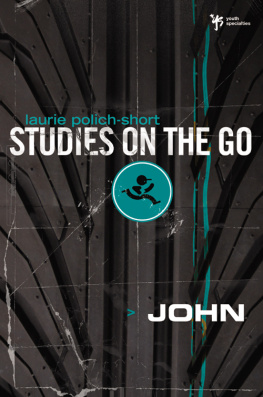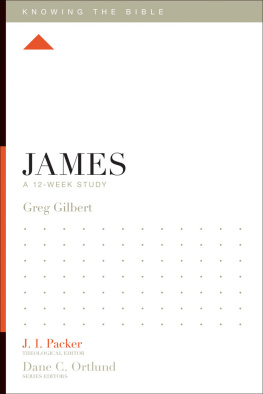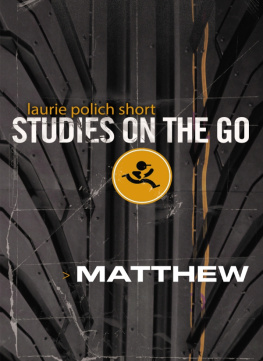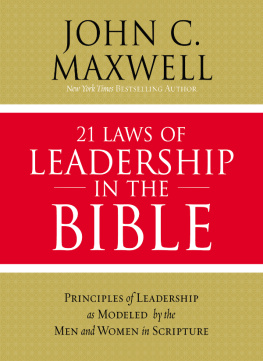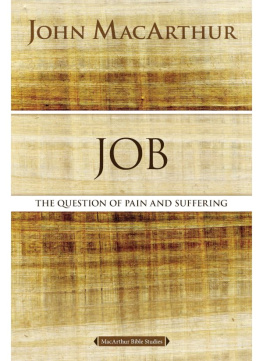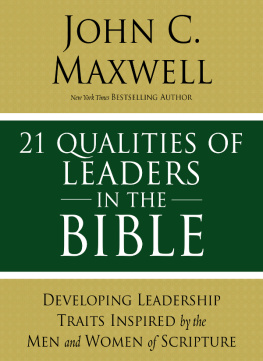
ZONDERVAN
James, 1-2 Peter, and 1-3 John
Copyright 2014 by David B. Olshine
YS Youth Specialties is a trademark of Real Resources Incorporated and is registered with the United States Patent and Trademark Office.
ePub Edition November 2014: ISBN 978-0-310-51678-1
Requests for information should be addressed to:
Zondervan, 3900 Sparks Dr. SE, Grand Rapids, Michigan 49546
Library of Congress Cataloging-in-Publication Data
Olshine, David, 1954
James, 1-2 Peter, and 1-3 John / David Olshine.
pages cm. (Studies on the go)
ISBN 978-0-310-51677-4 (softcover)
1. Bible. James Study and teaching. 2. Bible. Peter Study and teaching. 3. Bible. Epistles of John Study and teaching. 4. Christian education of children. I. Title.
BS2785.55.O47 2014
227'.90071 dc23
2014024081
All Scripture quotations, unless otherwise indicated, are taken from The Holy Bible, New InternationalVersion, NIV. Copyright 1973, 1978, 1984, 2011 by Biblica, Inc. Used by permission. All rights reserved worldwide.
Any Internet addresses (websites, blogs, etc.) and telephone numbers in this book are offered as a resource. They are not intended in any way to be or imply an endorsement by Zondervan, nor does Zondervan vouch for the content of these sites and numbers for the life of this book.
All rights reserved. No part of this publication may be reproduced, stored in a retrieval system, or transmitted in any form or by any meanselectronic, mechanical, photocopy, recording, or any otherexcept for brief quotations in printed reviews, without the prior permission of the publisher.
Cover design: Toolbox Studios
Interior design: SharpSeven Design/David Conn
14 15 16 17 18 19 20 /DCI/ 22 21 20 19 18 17 16 15 14 13 12 11 10 9 8 7 6 5 4 3 2 1
DEDICATION
To my mom, who encouraged me in middle school that I was made to be a communicator.
To June and Chick: You have modeled love, perseverance, and determination.
To the great folks who make up Columbia International University: Staff, faculty, and students.
A special shout out goes to the Youth Ministry, Family, and Culture (YMFC) team at CIU: Sam Rubinson, Karen Grant, Megan Bentley, and our dean, John Harvey.
To all the past, present, and future YMFC students: Live the dream.
To Sandhills Community, one of the most grace-filled churches I have been able to do ministry with: I am honored to serve on the teaching team.
To my buddy Larry Wagner: Words cannot express the admiration, love, and respect I have for you. You are resilient. And you do it all so humbly, trusting God for his will.
To my wife and soul mate Rhonda Lee Olshine: After three decades of marriage, it just keeps getting better and better.
To my children, Rachel and Andrew: I cannot imagine life without you. You are the apple of my eye.
CONTENTS
30. Closing Thoughts: 3 John
Maybe youve tried to lead a study and ended up not knowing what to say or where to take the lesson. These studies have all of the best ingredients for helping students and adults connect with God and each other as they encounter Scripture. The studies work best in a small group or intimate format, but can also be utilized in Bible studies, Sunday school, youth groupeven road trips and retreats.
Before each of the three sections youll find some Handy Tips and Insights: These introductory sections help the leader or facilitator know some of the historical background and purpose of each letter.
Each session is then broken up into the following subsections:
Leaders Insight: An overview of each session to help the leader or facilitator understand the background and focus of the text.
Share (Warm-Up Questions): All groups need a common ground before they break ground into the Bible. The questions are usually light and user friendly. The goal here is to help your group relax so they can engage with Gods Word.
Observe (Observation Questions): These help the novice or veteran focus on what the passage says. The goal is to bringto the surface what the students are noticing about the passage.The intent is to observe.
Think (Interpretation Questions): These help your group consider what the author meant when he wrote the letters. The goal is to discover what the writer was saying to his audience, then and now.
Apply (Application Questions): These focus on helping the group connect Gods truth to their own lives.
Do: An activity option that helps students apply Gods truth. The goal here is actionputting head knowledge into real-life application.
Quiet Time Reflections: One reproducible handout page for each session providing exercises to help students personally reflect on the passages on a daily basis.
My hope is that these studies create an environment where students and adults experience community and are valued and respected. The leaders job is to facilitate a safe place where people can be known and be authentic.
The worst kind of small group occurs when the leader does all the talking and the students sit and stare with a glazed look on their faces. The best small groups are fluid yet organized, with a free-flowing exchange of conversation. This type of group encourages each person to share his or her thoughts and ideas.
May God bless you as you engage students in the process of applying Gods truth to their hearts and minds.
And thanks for picking up this book.
David Olshine
Part 1
The Book of James
HANDY INSIGHTS AND TIPS ON THE BOOK OF JAMES
WHO? James is the author of this book (James 1:1), and we need to ask, Who is James? There are five men named James in the New Testament. Most scholars believe the writer of this book was the half-brother of Jesus. He was a biological son of Joseph and Mary. We read in John 7:5 that when James was growing up, he didnt believe Jesus was the Messiah. After his resurrection, Jesus appeared to more than 500 people, and one of the first was James (1 Corinthians 15:7). This life-changing event ignited James personal journey with Jesus. He begins his letter as, James, a servant of God and of the Lord Jesus Christ. (1:1) James doesnt refer to himself as Jesus half-brother; rather he says hes a servant of the Lord Jesus Christ. Jesus is now in charge of James life, which results in this letter explaining what it means to follow Christ.
WHERE? James was a Jewish follower of Jesus, and he addresses his book to the twelve tribes scattered among the nations (verse 1), a reference to Jewish believers in Jesus persecuted for their faith. These believers were displaced, battled discouragement, and needed words of hope and faith.
WHEN? Many scholars believe the book of James was written between A.D. 45-49 and prior to the Jerusalem council meeting, which took place in A.D. 50. Some believe James was written about A.D. 45, which would make it the oldest book in the New Testament.
WHAT? The Book of James is declaring that we dont get to heaven by good works, but by Gods grace. We dont do good deeds to become more Christ-like; we do good deeds because we are Christ-like.
Reading the Bible should not be passive but active, and thats why James challenges his readers to care for widows, guard our words, and pray for the sick. Faith in Christ is always dynamic and proactive. True faith produces good works. That is the message of James.
A simple outline to teach students the flow of James:
James 1Trials and Temptation
James 2Faith and Works
James 3Taming the Tongue
Next page

